NUHADANG [Korea Quality] / 누하당 [한국관광 품질인증]
16.5Km 2020-09-10
49-7, Pirundae-ro, Jongno-gu, Seoul
010-9692-1330
Guesthouse Nuha is a ‘hanok’ or traditional Korean house consisting of four guestrooms located in Nuha-dong, Seochon (west of Gyeongbokgung Palace, Jongno, Seoul) where many Confucian scholars and artists lived during the Joseon Dynasty.
Exuding a refined atmosphere, Guesthouse Nuha is very popular among not only domestic visitors but also foreign tourists who want to experience the flavor of Korea in a cozy hanok. All four guestrooms (An-bang, Sarang-bang, Geul-bang, and Byeol-dang) are covered with eco-friendly hanji (traditional Korean paper handmade from mulberry tree) wallpaper, and are equipped with a thick cotton-wool comforter and pillows imbued with the scent of Hinoki cypress tree to help guests relieve their fatigue.
Breakfast is served free of charge. Guests can also experience traditional Korean culture here, such as playing a Korean musical instrument (janggu or double-headed drum), playing a game of yut in the yard, or wearing hanbok (traditional Korean clothes). Although a local bus service passes through the village, it is highly recommended to take a quiet leisurely around the area.
Sinsaengru (신생루)
16.5Km 2021-03-18
208, Gyeongin-ro, Guro-gu, Seoul
+82-2-2684-7652
This is a Chinese (cuisine) located in Guro-gu, Seoul. A restaurant that's easily accessible because it is located near the subway station. The representative menu is fried rice.
Mercado Tongin (통인시장)
16.5Km 2025-07-01
Jahamun-ro 15-gil 18, Jongno-gu, Seúl.
Seongdae Guksu (성대국수)
16.5Km 2021-03-18
18, Seonggyungwan-ro, Jongno-gu, Seoul
+82-2-762-3996
This is a Korean cuisine located in Jongno-gu, Seoul. A restaurant that uses only natural ingredients. The best menu at this restaurant is noodles in anchovy broth.
Beer Ok (비어오크)
16.5Km 2021-03-29
151, Daehak-ro, Jongno-gu, Seoul
+82-2-745-0087
It's near the university, so it's a place frequented by many young people. This Korean dishes restaurant is located in Jongno-gu, Seoul. The representative menu is rotisserie chicken.
Châtaigne (샤떼뉴)
16.5Km 2021-12-29
19, Samcheong-ro 5-gil, Jongno-gu, Seoul
+82-2-736-5385
Châtaigne is a French restaurant housed in a charming hanok (traditional Korean house) that was remodelled to accommodate dining tables and chairs. Châtaigne uses seasonal ingredients to create a simple and unique French course meal.
Yangpyeong Haejangguk (양평해장국)
16.5Km 2021-03-30
48, Sungkyunkwan-ro 4-gil, Jongno-gu, Seoul
+82-2-742-6960
It is a favorite place frequently visited by the residents of Hyehwa-dong. This restaurant's signature menu is hangover soup. This Korean dishes restaurant is located in Jongno-gu, Seoul.
Dialogue in the Dark (Sucursal de Bukchon) (어둠속의대화 북촌점)
16.5Km 2025-05-12
Gahoe-dong, Jongno-gu, Seúl
Mangwon-dong suchanggol (망원동수창골)
16.5Km 2021-03-30
3, Mangwon-ro 11-gil, Mapo-gu, Seoul
+82-2-322-3230
It is a place where you can choose the dishes spicy flavor. The best menu at this restaurant is beef small intestine hot pot/pork small intestine hot pot. This Korean dishes restaurant is located in Mapo-gu, Seoul.
Pabellón Banghwasuryujeong (Dongbukgangnu) (방화수류정(동북각루))
16.5Km 2025-04-25
Suwoncheon-ro 392-beongil 44-6, Paldal-gu, Suwon-si, Gyeonggi-do
El pabellón Banghwasuryujeon, oficialmente llamado pabellón Dongbukgangnu, fue construido en el año 1794 junto con la Fortaleza Hwaseong de Suwon. Se ubica en la cima de una colina al este de la puerta Hwahongmun y ofrece una impresionante vista de los alrededores. Por esta razón recibió el nombre por el que se lo conoce popularmente, ya que significa "encontrar flores y pasear entre sauces". En el pasado el pabellón fue dañado durante una inundación y reconstruido en 1848 y desde entonces ha recibido continuos trabajos de conservación. En 2011 fue designado como Tesoro. Se considera la arquitectura de este pabellón como una de las más originales de toda la fortaleza, especialmente por el diseño del techo, que tiene una apariencia diferente según el ángulo de posición del observador. Fue un lugar donde el rey Jeongjo (1752-1800) hacía paradas de descanso en su camino a la fortaleza, y al día de hoy sigue ofreciendo una vista panorámica con el pabellón Yeonmudae al este, la puerta Janganmun al oeste y el monte Paldalsan como telón de fondo.
![NUHADANG [Korea Quality] / 누하당 [한국관광 품질인증]](http://tong.visitkorea.or.kr/cms/resource/58/2532358_image2_1.jpg)
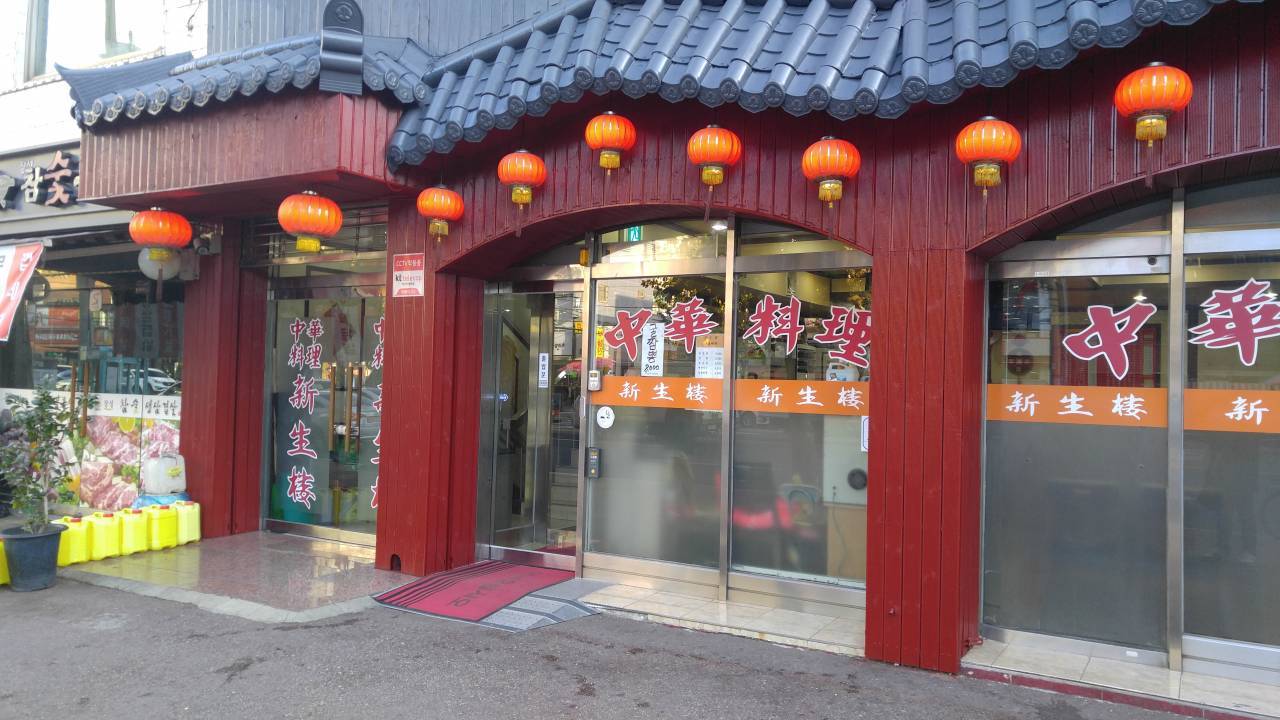
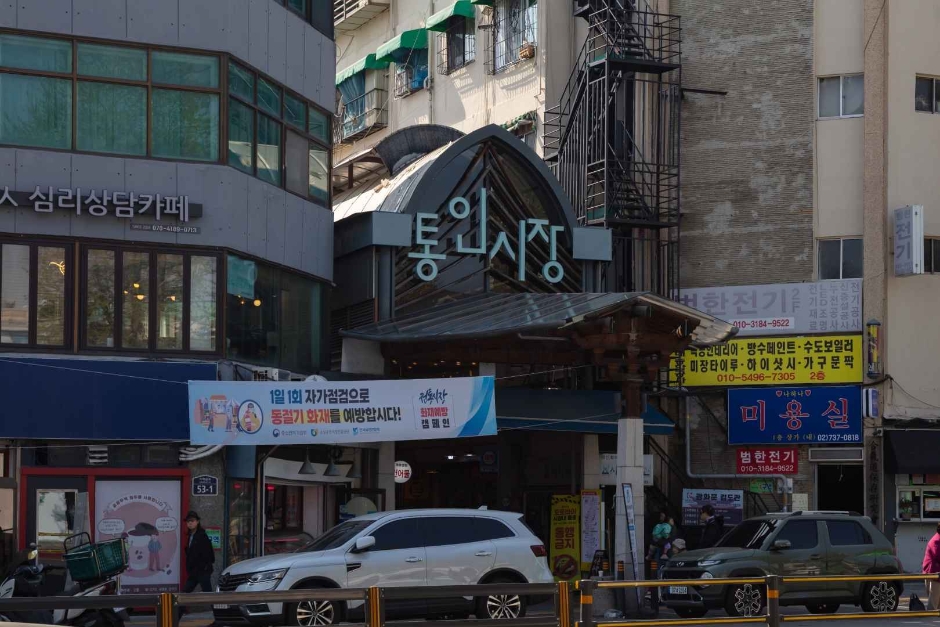
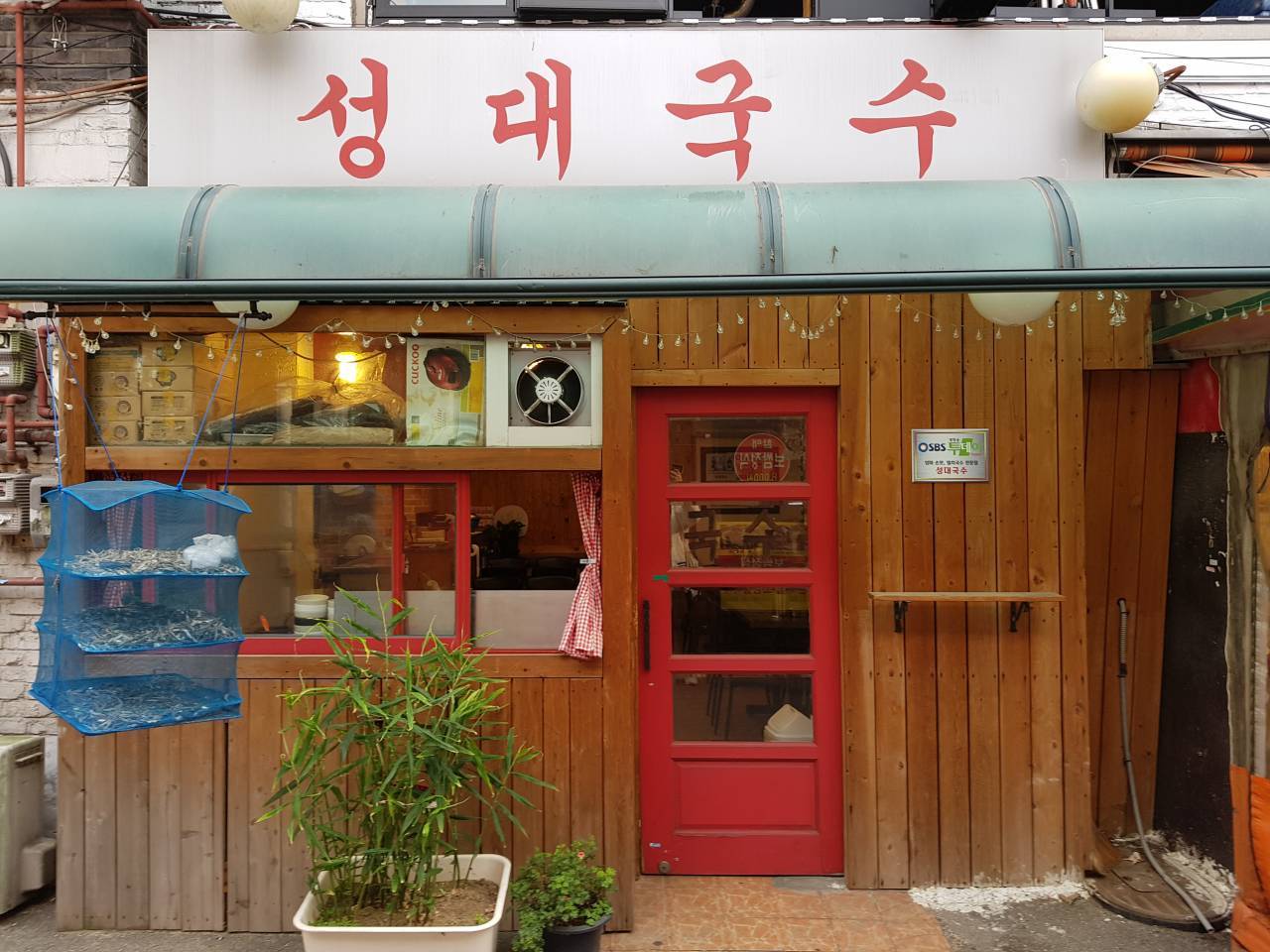
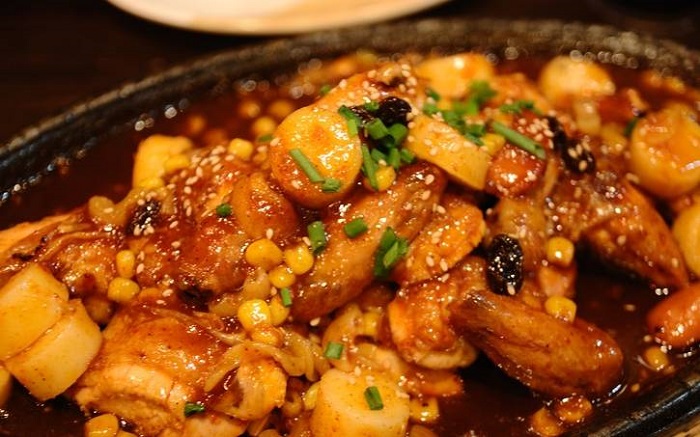
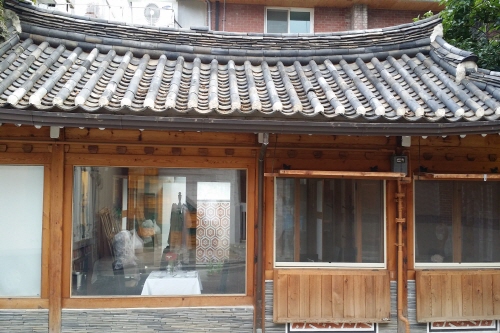
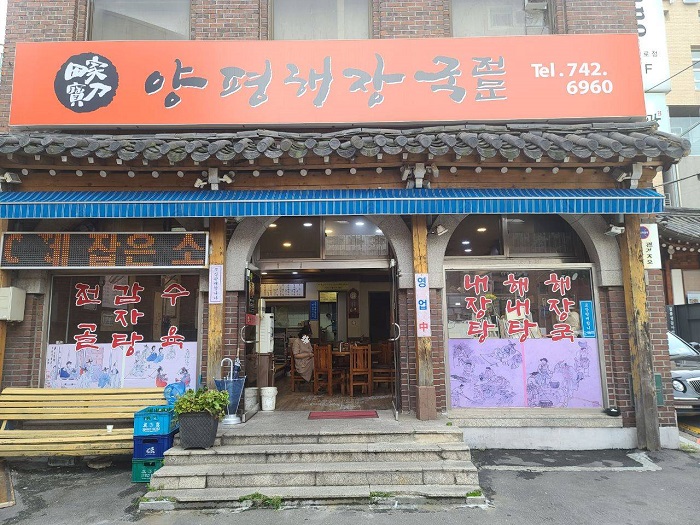
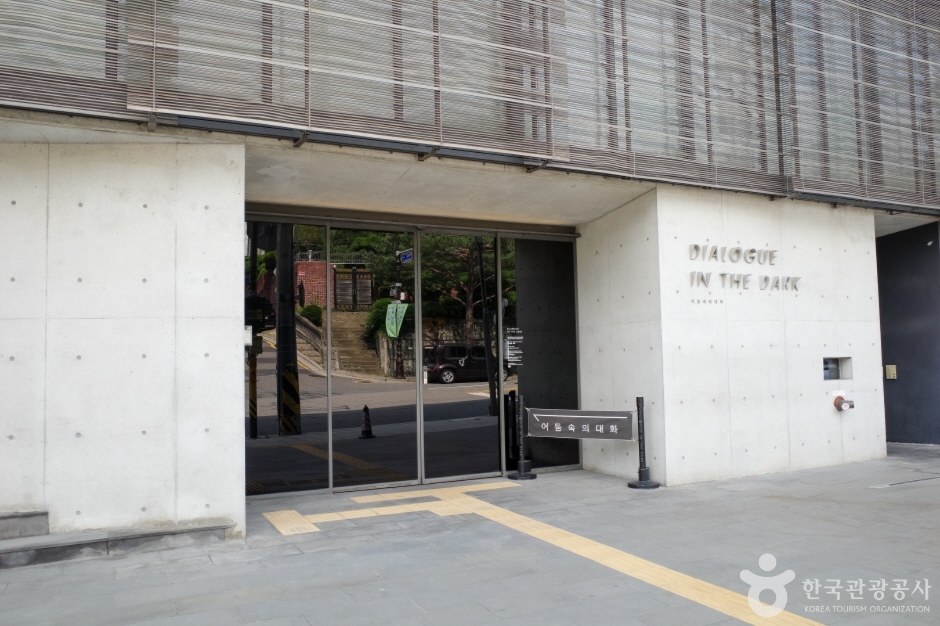
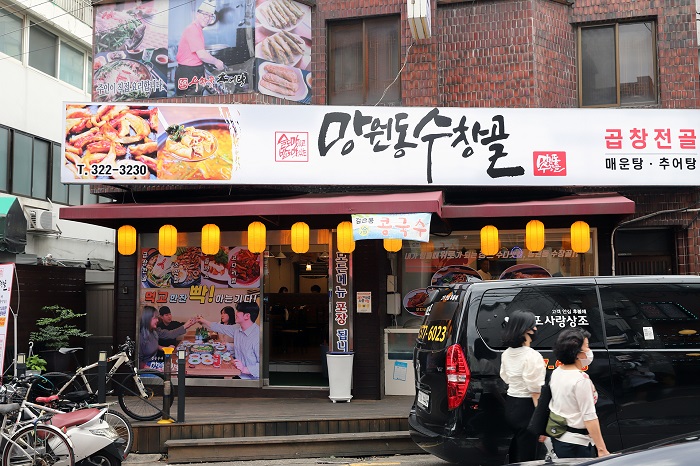
 Español
Español
 한국어
한국어 English
English 日本語
日本語 中文(简体)
中文(简体) Deutsch
Deutsch Français
Français Русский
Русский